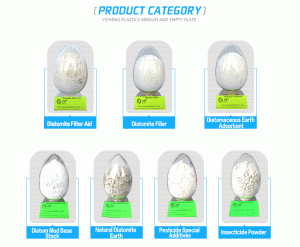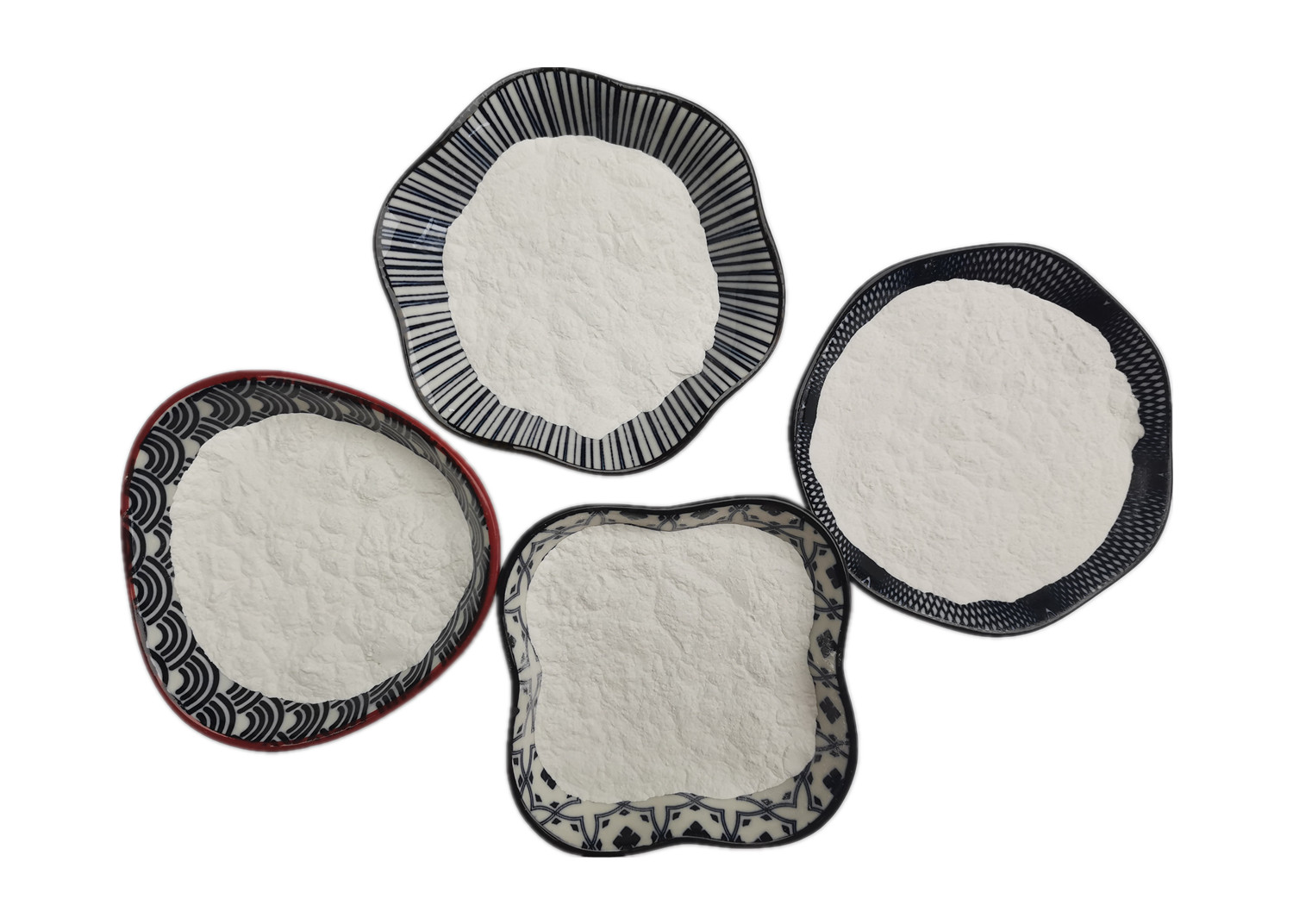 Diatomite is a kind of siliceous rock, mainly scattered in China, the United States, Denmark, France, Romania and other countries. It is a kind of biogenic siliceous accumulation rock, which is mainly composed of the remains of ancient diatoms. Its chemical composition is mainly SiO2, which can be represented by SiO2·nH2O, and the mineral composition is opal and its variants.
Diatomite is a kind of siliceous rock, mainly scattered in China, the United States, Denmark, France, Romania and other countries. It is a kind of biogenic siliceous accumulation rock, which is mainly composed of the remains of ancient diatoms. Its chemical composition is mainly SiO2, which can be represented by SiO2·nH2O, and the mineral composition is opal and its variants.
China has 320 million tons of diatomaceous earth reserves and more than 2 billion tons of prospective reserves, which are mainly concentrated in East China and Northeast China. Among them, the range is relatively large, and Jilin has more reserves (54.8%, of which the proven reserves of Linjiang City, Jilin Province account for Asia.), Zhejiang, Yunnan, Shandong, Sichuan and other provinces, although spread widely, but the high-quality soil is only concentrated in the Changbai Mountain area of Jilin, and most of the other mineral deposits are grade 3~4 soils. Due to the high impurity content, they cannot be directly processed and applied. The chemical composition of diatomite is mainly SiO2, containing a small amount of Al2O3, Fe2O3, CaO, MgO, etc. and organic matter. Contains a small amount of Al2O3, Fe2O3, CaO, MgO, K2O, Na2O, P2O5 and organic matter. SiO2 usually accounts for more than 80%, up to 94%. The iron oxide content of high-quality diatomaceous earth is generally 1~1.5%, and the alumina content is 3~6%. The mineral composition of diatomite is mainly opal and its variants, followed by clay minerals—hydromica, kaolinite and mineral detritus. Mineral debris includes quartz, feldspar, biotite and organic matter. The organic content ranges from trace amounts to more than 30%. The color of diatomaceous earth is white, off-white, gray and light gray-brown, etc. It has the properties of fineness, looseness, light weight, porosity, water absorption and strong permeability. Most of the silica of diatomite is non-crystalline, and the content of soluble silicic acid in alkali is 50~80%. Amorphous SiO2 becomes crystal when heated to 800~1000°C, and the soluble silicic acid in alkali can be reduced to 20~30%.
Diatomaceous earth is non-toxic, easy to separate from food, and can be used again after separation. It has been recognized by many pest control experts as an insecticidal substance. The reason why diatomaceous earth can prevent pests is that when the insects crawl in the food mixed with diatomaceous earth, the diatomaceous earth will adhere to the insect body surface, destroy the waxy layer of the insect epidermis and other waterproof structures, and cause the insect body. Loss of water leads to death. Diatomaceous earth and its extracts can also be used as pesticides and herbicides in farmland orchards. Diatomaceous earth particles can be distributed in the air or buried in the soil to adsorb and kill some pests. Diatomaceous earth can be used as an excellent carrier and coating agent for chemical fertilizers. The micropores on the surface of diatomaceous earth can evenly absorb and wrap chemical fertilizers to avoid long-term open stacking and moisture absorption and agglomeration. It contains 60-80% diatoms. The new environmentally friendly biochemical fertilizer with soil and a small amount of microbial flora can improve the immune function of the plant itself, promote plant growth, and improve the soil itself to achieve the purpose of reducing the amount of ordinary fertilizers and pesticides by 30-60% during plant growth.
Post time: Sep-26-2021


